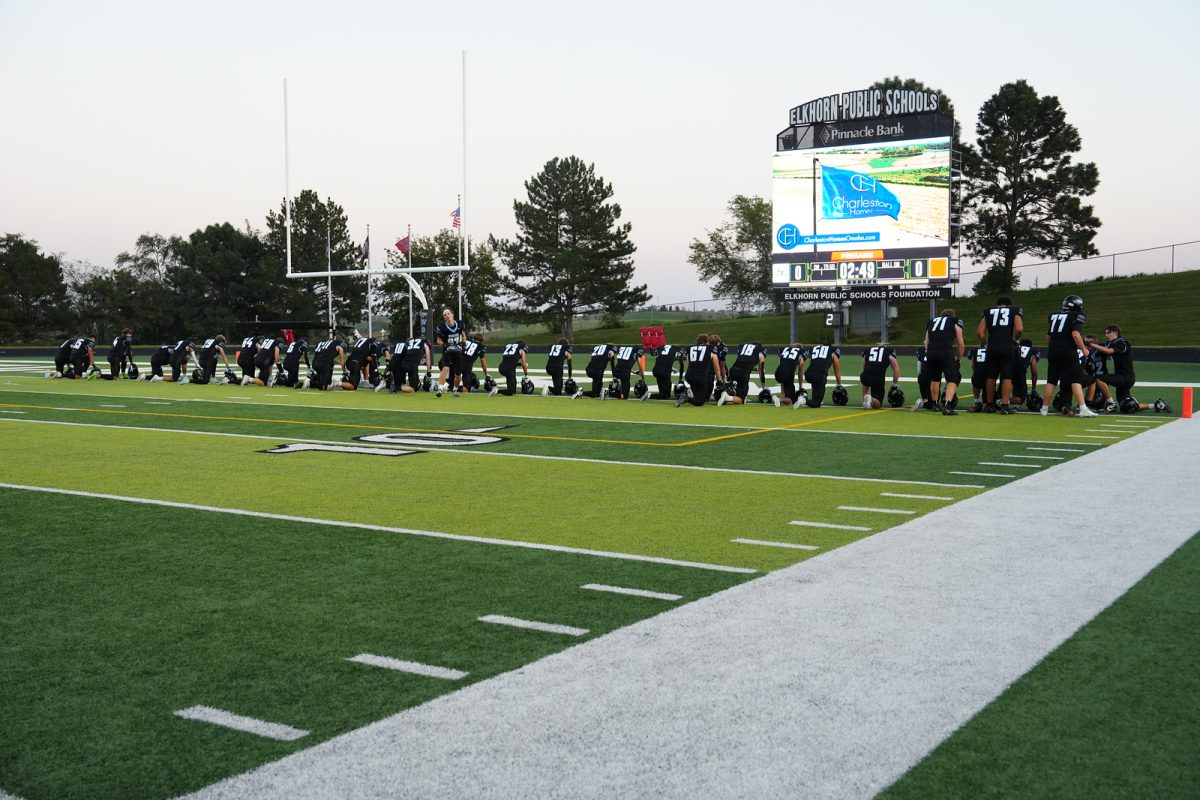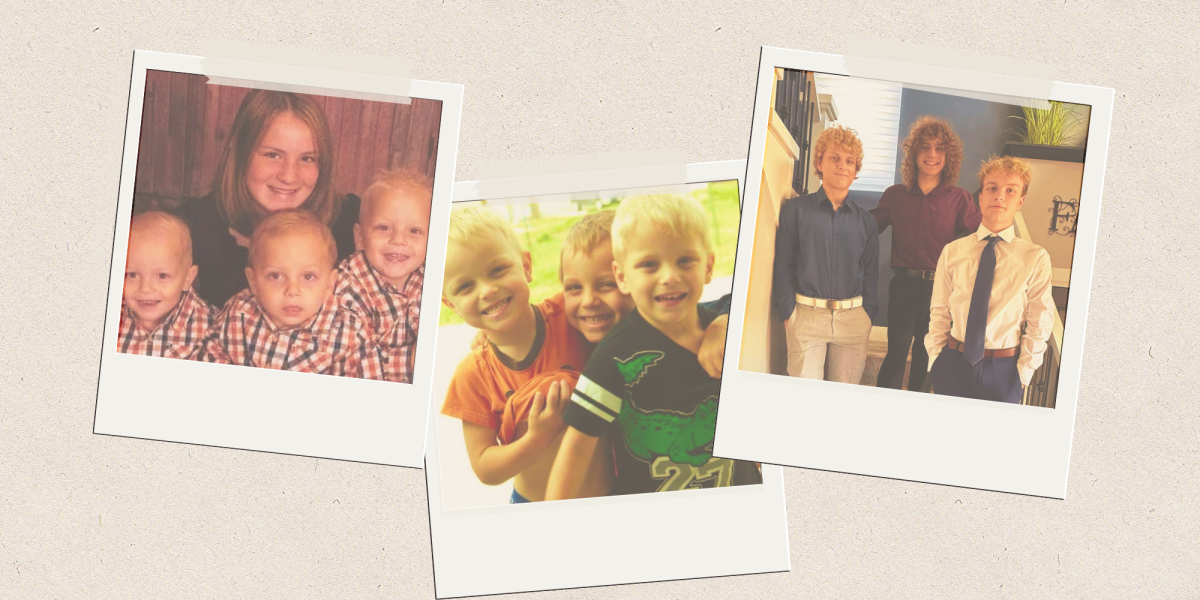Kara Zor-el (Supergirl) was sent on one of the same pods her infant cousin, Superman when they escaped the destruction of Krypton at the hands of Doom.
Supergirl’s trip to Earth was a little different than her cousin’s. When Krypton exploded, her escape pod was flung into a black hole, a phenomenon commonly seen in many pieces of science-fiction literature. Supergirl was stuck in this Black hole for 24 years, suspended in time. When she finally arrived on Earth she was significantly younger than Superman.
So what is the reality behind black holes?
NASA‘s definition of a black hole is an object in space so dense that not even light can escape its gravitational pull.
The current assumption of their creation is after a giant star collapses. Other possible methods are theorized, but unknown in modern-day science. They gain size by consuming other things within space such as gas, planets, stars, and other black holes.
Supermassive black holes are a mystery in today’s science; some believe that they are too large for their cause of creation to be a star collapsing. These are usually located at the centers of every known galaxy to exist, with Sagittarius A* being at the center of the Milky Way.
They are virtually invisible but can be detected by the light that comes from objects getting pulled into them at such a high speed, if stars are orbiting them, or even when two collide.
NASA has developed anatomic models of Black holes that have two main parts, the event horizon which is the part in which the gravitational pull becomes too strong for anything to escape it, and the singularity. The singularity is the center of the black hole, and we can’t determine exactly what it looks like using modern-day science.
What happens when something gets sucked into a black hole?
Union University says that when an object comes into contact with a black hole, it is lost in space-time, which is a conceptual model that combines three-dimensional space with a fourth dimension of time.
The event horizon also tears apart matter into subatomic components to be squeezed into the singularity. This is because the singularity is so dense and significantly smaller than the entirety of the black hole.
Back to Supergirl, it’s unlikely that anyone or anything would be able to survive being spaghettified by the event horizon, nonetheless, the strength of this superhero is much greater than the average human. In addition to this, movies show the possibility of entering one side of the black hole, and falling out the other somewhere else in space and time, which is unlikely considering they consume the matter of anything that comes into contact with it.
Who discovered the first black hole?
Cygnus X-1 was discovered by Paul Murdin and Louise Webster in 1971. It was viewed as the first accepted definition of a Black Hole.
The process behind the discovery of this phenomenon is complicated because the X-rays needed to view things within space could not leave the Earth’s atmosphere. In 1964, they launched a rocket to the edge of space to X-ray part of the galaxy.
According to BBC, Webster was measuring the speed of stars when her colleague asked her to measure the speed of a blue supergiant, a kind of star. This is when the two discovered that this particular star was orbiting some invisible mass, which was later deduced to be a black hole.
Since then, more solid research has been conducted on black holes, including NASA’s release of the first image of one on April 10, 2019, using an event horizon telescope.
Do black holes pose any threat to people?
No, wethecurious.org says they pose no apparent threat to humanity. It’s believed that a black hole could collapse, but that would be much longer than the lifespan of anyone on Earth. The nearest one is 26,000 light years away, located at the center of our Milky Way, making it unlikely for anyone to be directly affected by one.
Research on these space phenomena is slim, but scientists constantly try to learn more about black holes. They are commonly seen in science fiction, but they are authentic and not entirely understood.
While Supergirl’s depiction of a black hole is mostly inaccurate, it does a good job of showing the unknown nature of the phenomenon itself, as do most other science-fiction pieces of literature.
Another movie or show with the infamous black hole is Interstellar, which is known to have quite an accurate depiction. Star Trek and Lost in Space are other films featuring a black hole, but they are not the only ones. Many films about space or science fiction, in general, will mention or even depict a black hole. Most movies that do so feature the phenomenon itself, but modern media loves the mysterious nature of them.









